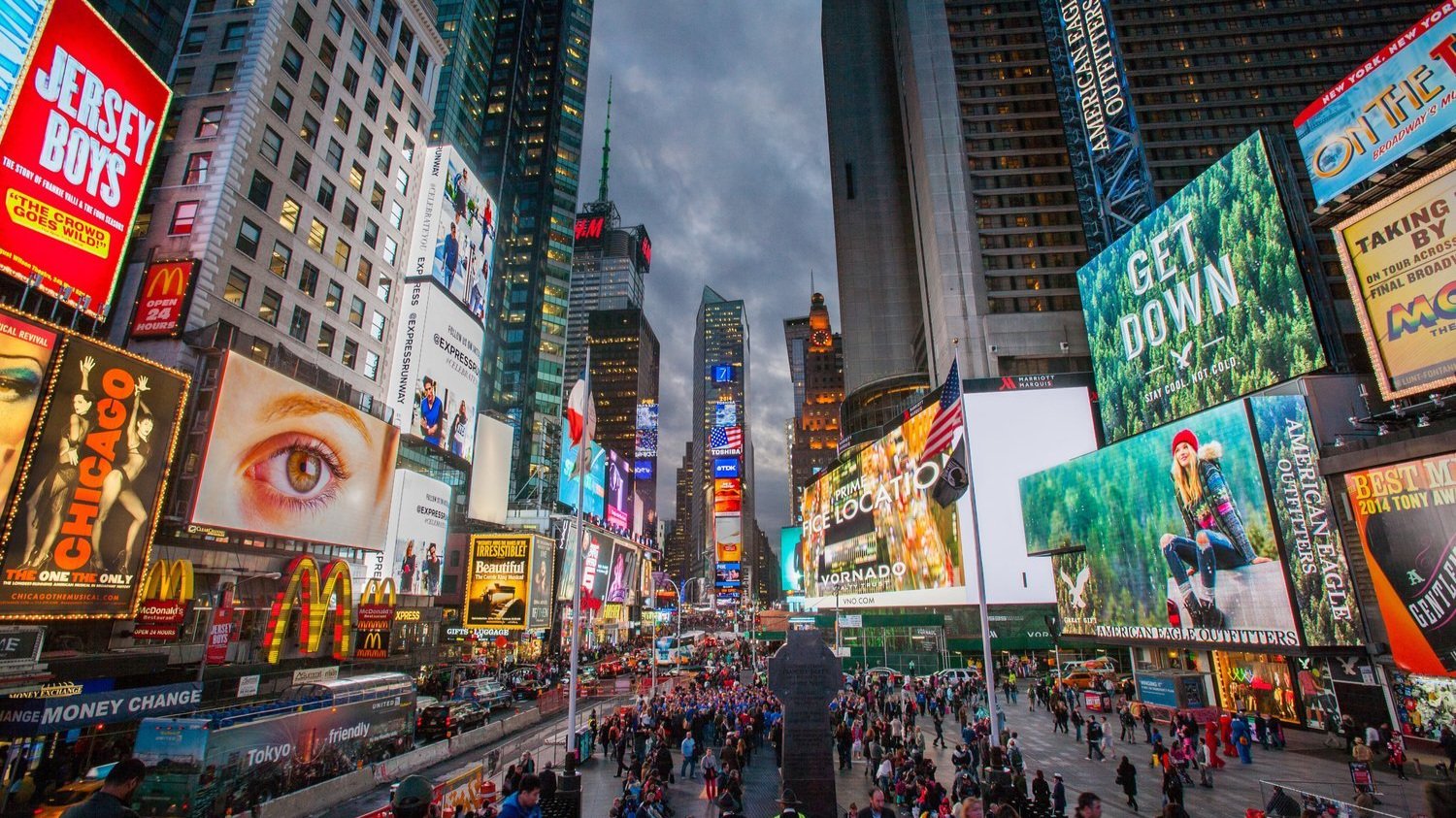Simulacra & the True Image
Below is a snippet of the conversation I had with Arthur Aghajanian of Contemplatives in Conversation. Arthur has an interest in contemplation and the arts, and the conversation we had revolved around the power of images, not just to reflect reality, but also create it. This was explored further in my essay on Cultural Marxism for ABC Religion and Ethics, and an extended version of that essay was published as a book chapter in Tom Goulay & Daniel Matthys’ edited volume 1968: Culture and Counterculture (2020 Pickwick).
My conversation with Arthur was published in the Genealogies of Modernity journal, and can be read in full by clicking on the link at the bottom on the post.
Arthur Aghajanian: I’m interested in the ways visual culture shapes our understanding of the sacred. Images mediate belief. A religious community will use images as objects of devotion, means of meditation, representations of the sacred, or as media to communicate its teachings.
Matthew Tan: I'm very much influenced by the work of a theologian named Chanon Ross. He says the act of seeing draws us out of ourselves. Plato always said that every time we see something, especially a beautiful thing, we’re always ecstatically drawn out of ourselves. Ross takes that to another level by saying that when we look at something, we’re not simply drawn out of ourselves. We’re also drawn to a higher order than ourselves.
He goes as far as to say that images themselves occupy a middle space between the temporal space we occupy and the transcendent space the image points to. Images occupy a transcendent realm as well, hence their capacity to pull us to transcend ourselves.
AA: In addition, these images and objects of religious visual culture become part of the ongoing history of a community or place. Religious studies have begun to acknowledge the importance of materiality in the life of the Church. Religious images have a special ontological status for devotees, evoking the transcendent mystery of God. They’re meant to inspire adoration and prayer. But today our economic system, with consumerism at its heart, seeks to fulfill the religious function. The market is its god, offering salvation through ever-increasing production and consumption.
MT: I think that’s the main difference between visual cultures in a religious context and in non-religious contexts. Visual culture in the religious context knows that what they’re doing is making use of the image as a window into transcendent realities. Whereas in non-religious contexts…Read the full interview at Genealogies of Modernity
Support Awkward Asian Theologian on Patreon, and help make a change to the theological web.




